I’m almost done with adding buildings to my layout. I’ve a mix of hand-constructed, CMS, and Piko buildings. The last thing I’m going to build from scratch is a castle. I’m working on the plan right now.
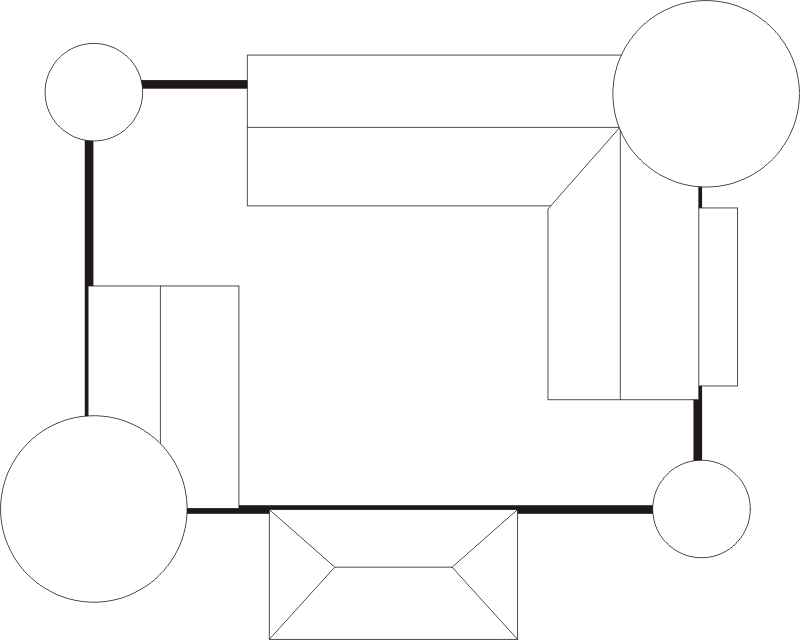

I have made some progress on smaller features I want to incorporate as well as the overall castle layout. I wanted to get a feeling for the size of what I drew, since a lot of things are too massive to model when scaled to 1:22.5 (The Hindenburg, for example, would be about 35 feet long).
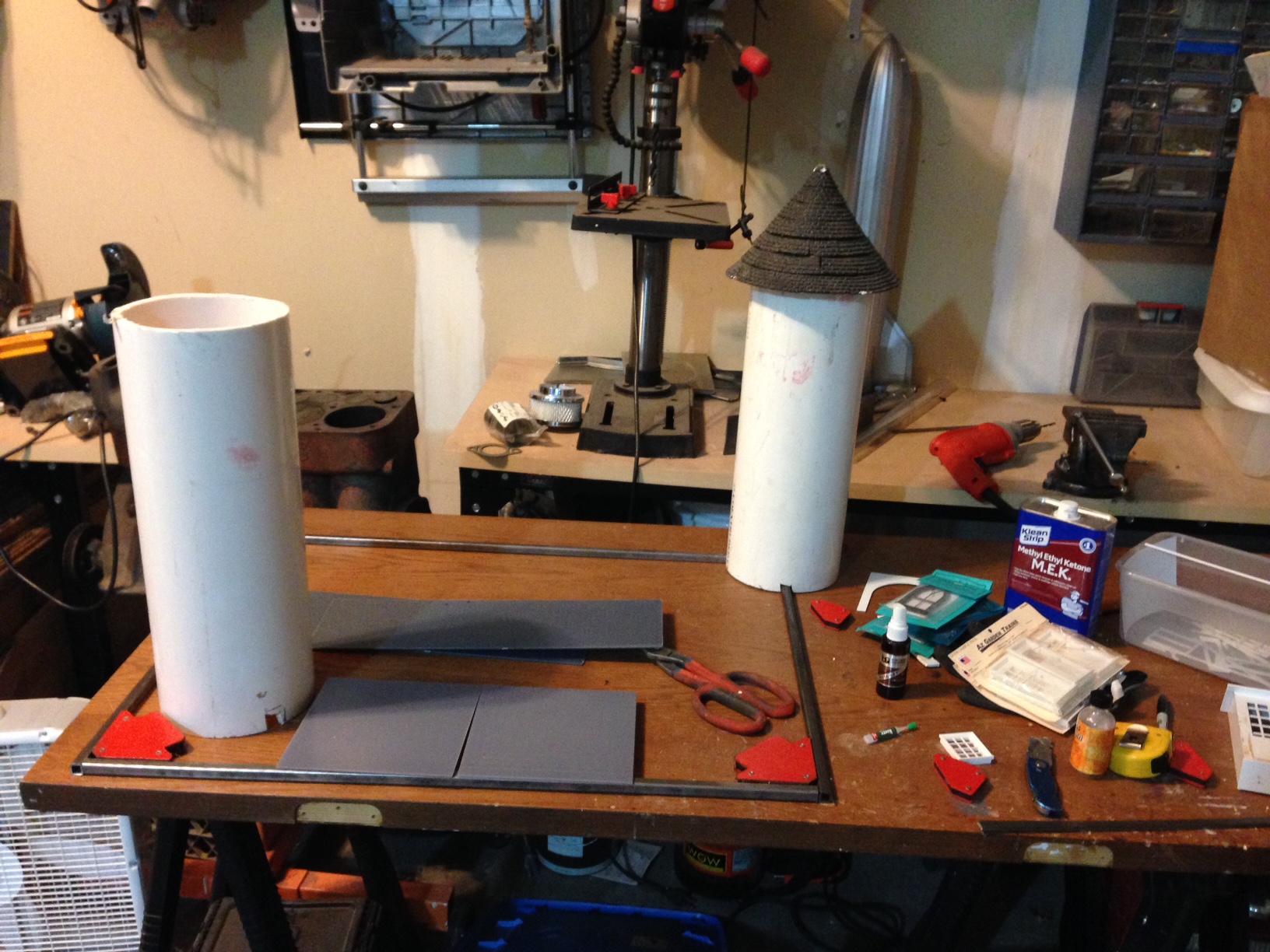
The last bit I need to do to figure it out is the towers… which as you can see I’m planning to construct out of PVC pipe. I’ve built roofs using Hirst Arts castings that just fit a 6" piece of PVC.
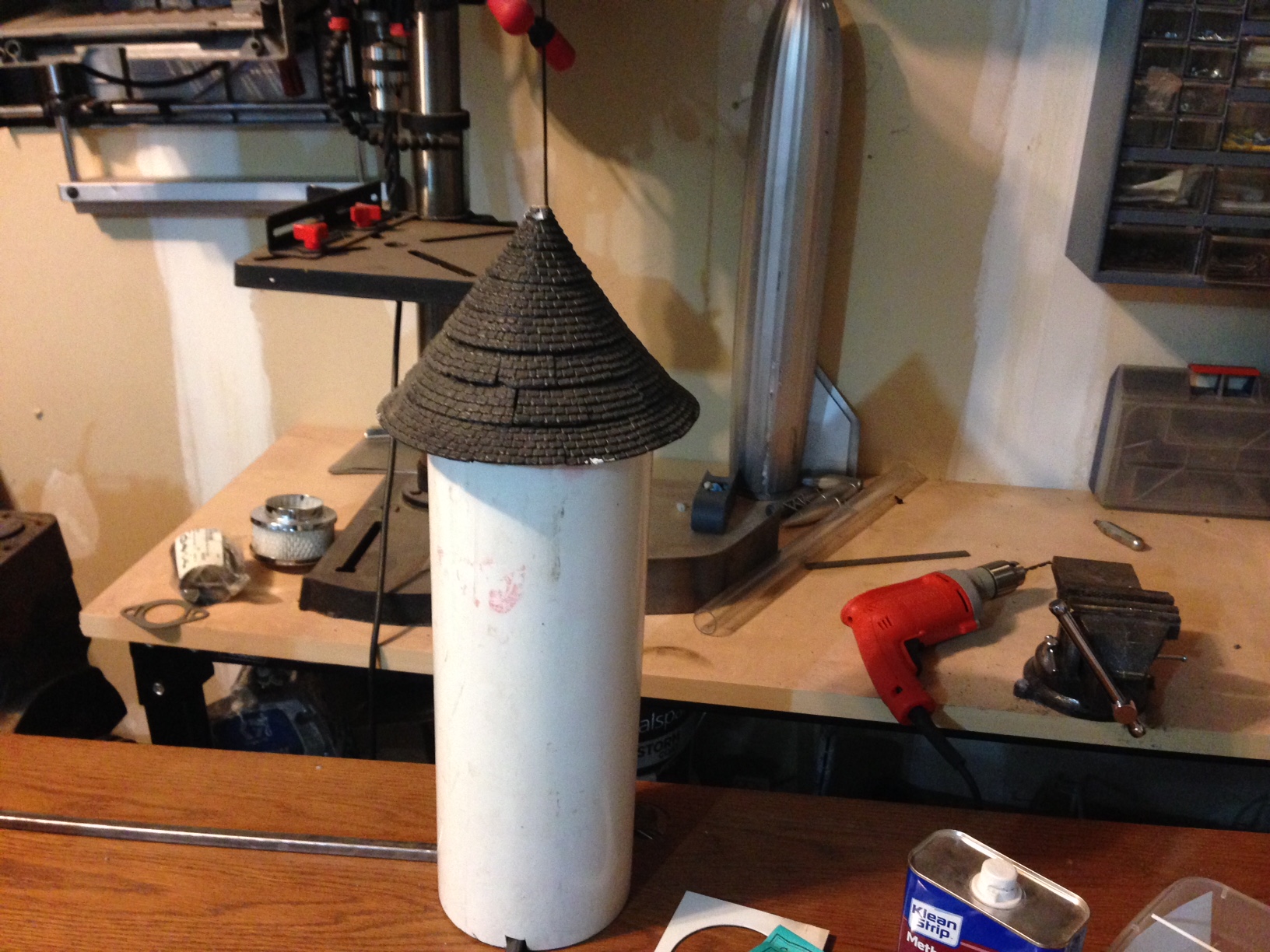
That one’s pretty ugly, but it should be able to be cleaned up. The white spots are from where it’s been damaged sitting on the garage floor over the last year.
Anyway, in order for the PVC pipe towers to work, I need a way to cut windows into the sides of the pipe. Probably I’ll use some commercial windows, with the back scored so they can be bent to follow the curve of the “wall.” Another possibility is to laser cut some out of thin styrene, which is more flexible. But either way, I need a method for cutting out the windows in the pipe.
My first thought was to drill a hole near the correct size and then use files or a small saw to square the hole. Another option is to drill a small hole and then use a Dremel with a cutting bit to carve out the windows. But before I get into all that, I was wondering if anyone here has done something similar and/or if someone has a better idea…
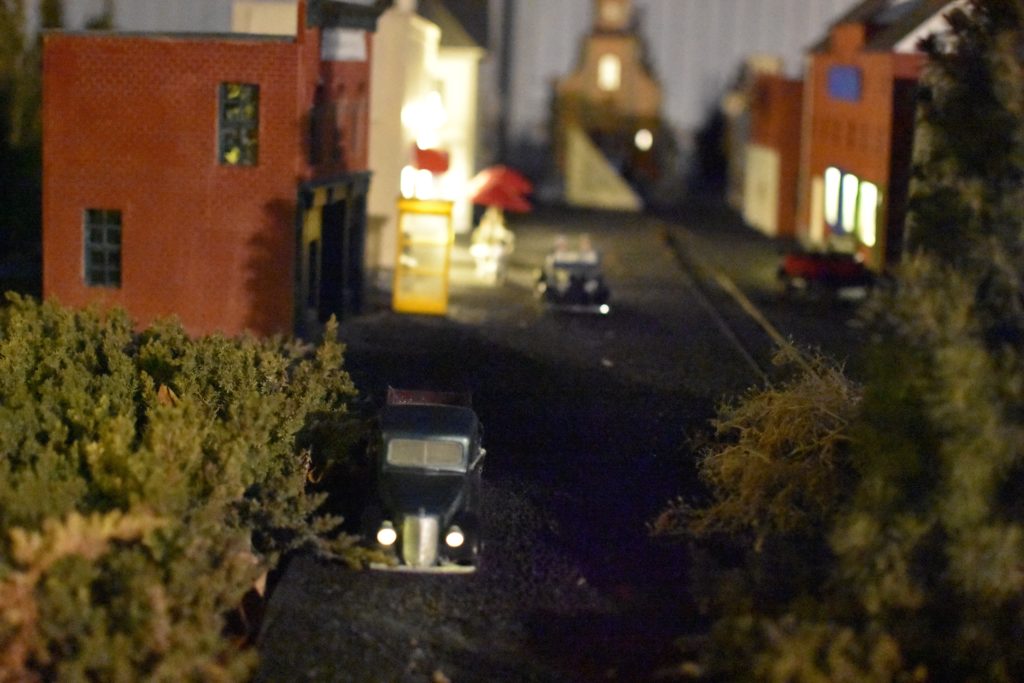
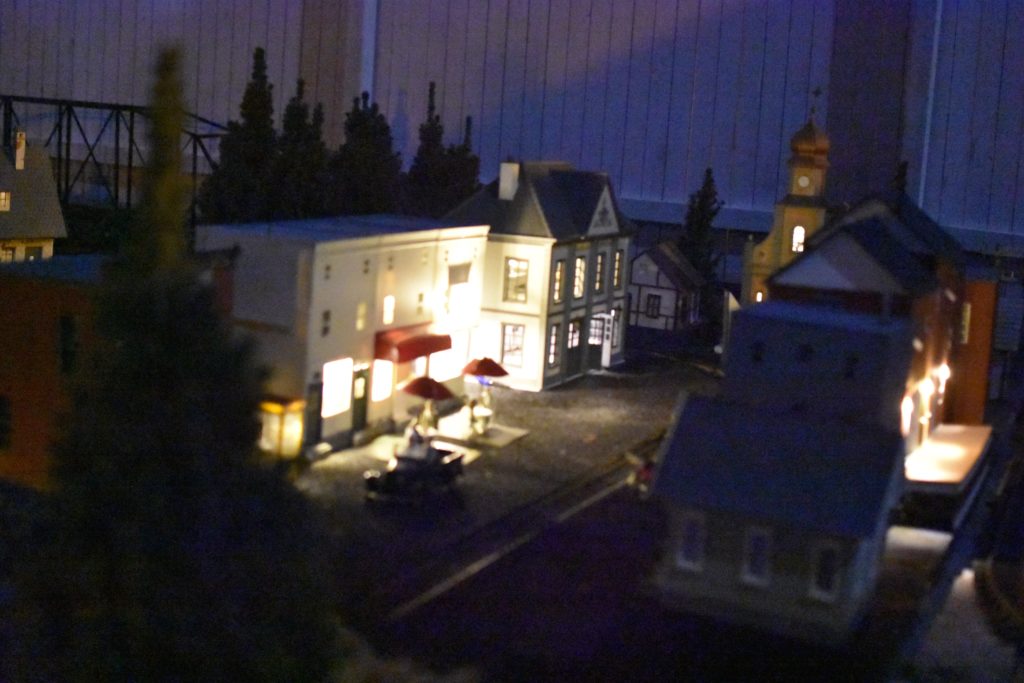

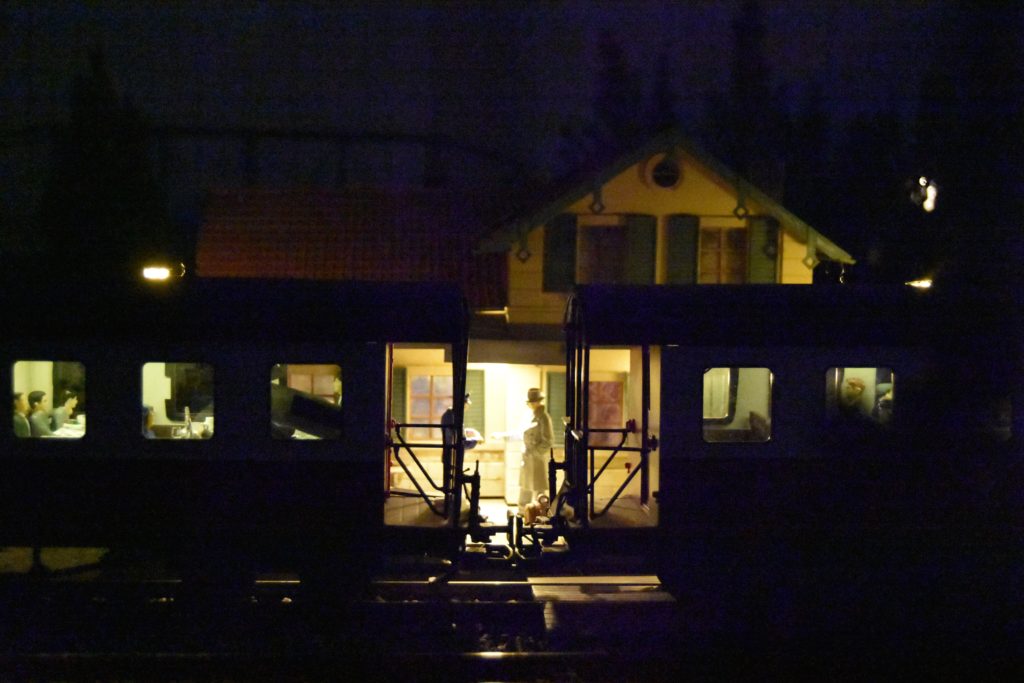




 I drew a rough outline of where the roof of the living quarters will meet the turret, but I need one of you ingenious modelers to suggest how to mark the angled roof so that the cut out section fits the turret. My rough outline was made by holding the PVC above the roof and tracing, but obviously it’s not exact as the pipe wasn’t touching the roof.
I drew a rough outline of where the roof of the living quarters will meet the turret, but I need one of you ingenious modelers to suggest how to mark the angled roof so that the cut out section fits the turret. My rough outline was made by holding the PVC above the roof and tracing, but obviously it’s not exact as the pipe wasn’t touching the roof.